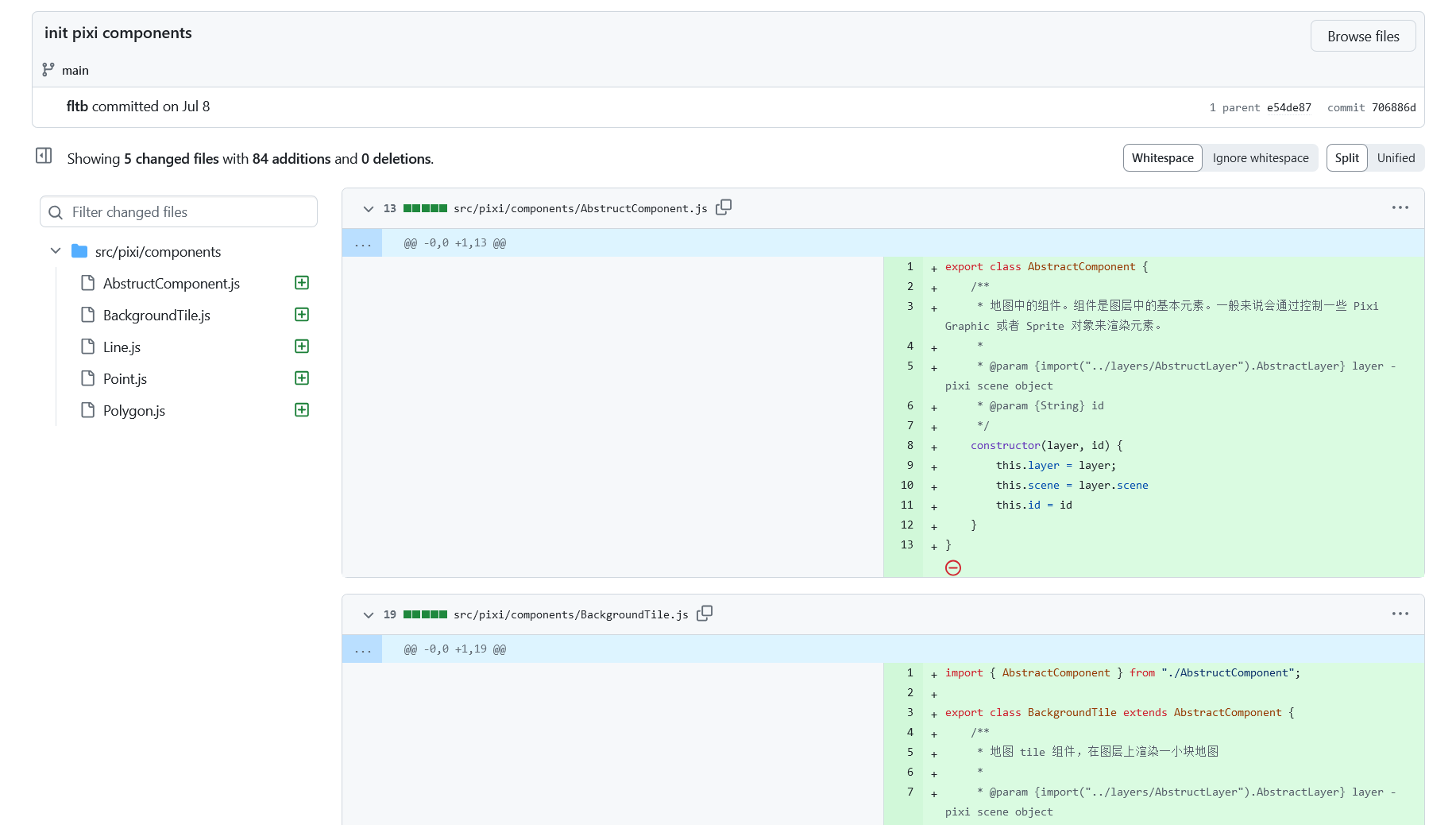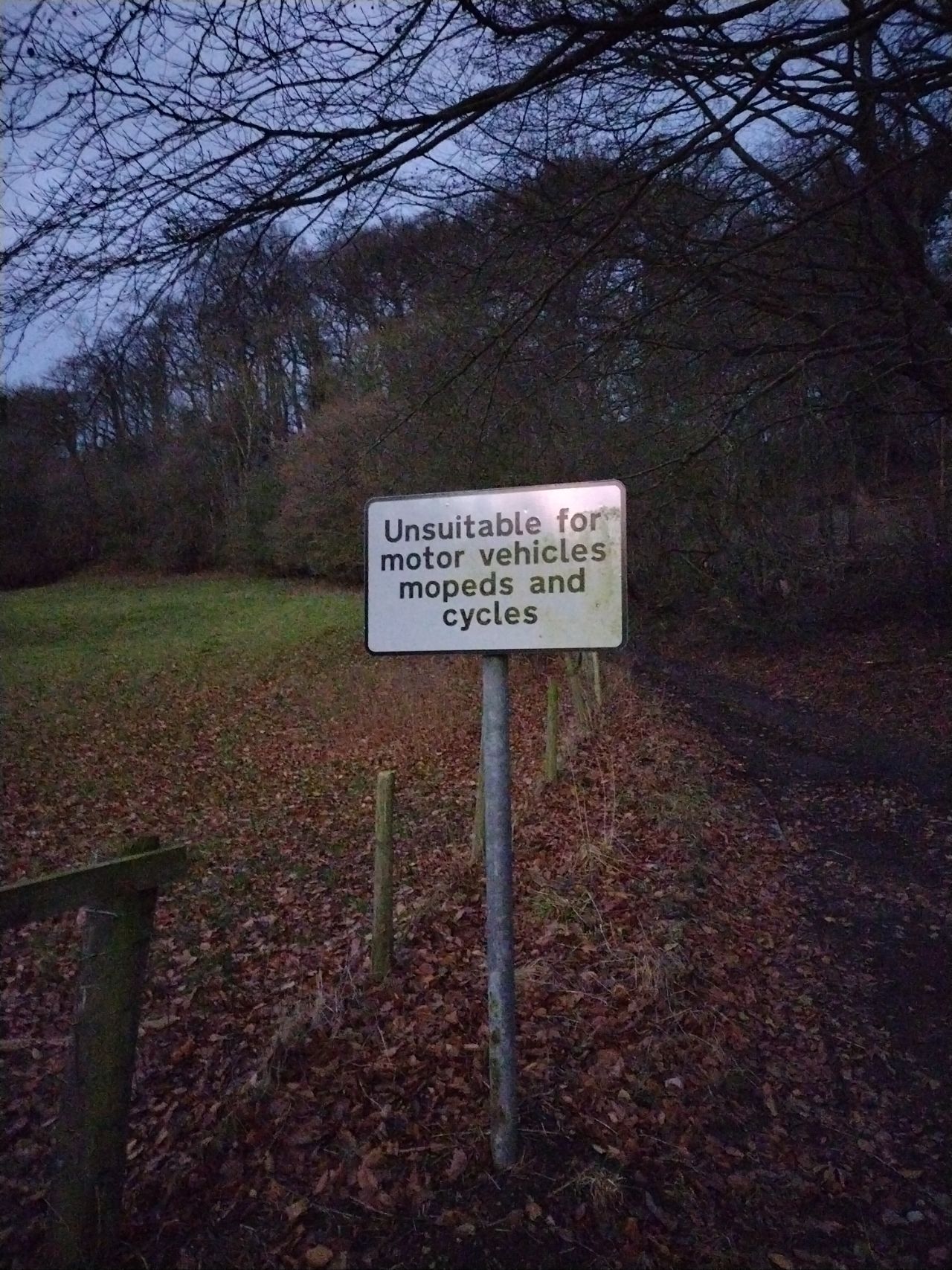Development has quickly progressed through two weeks, and it’s time to write a bi-weekly report.
Project Progress
The project is still in its early development stage, so we are unable to provide a usable prototype at this time.However, our implementation of the rendering part has been basically determined.
After testing, points and paths can be rendered successfully.
Due to the ongoing development of the interfaces for other modules, some functions have not yet been implemented. For instance, highlighting segments of a path instead of selecting the entire path as in the default logic of the iD editor. Also, the rendering of polygons has not been implemented yet because it requires the interface of the editing module.
We plan to divide the project into different components to facilitate future development and maintenance.






